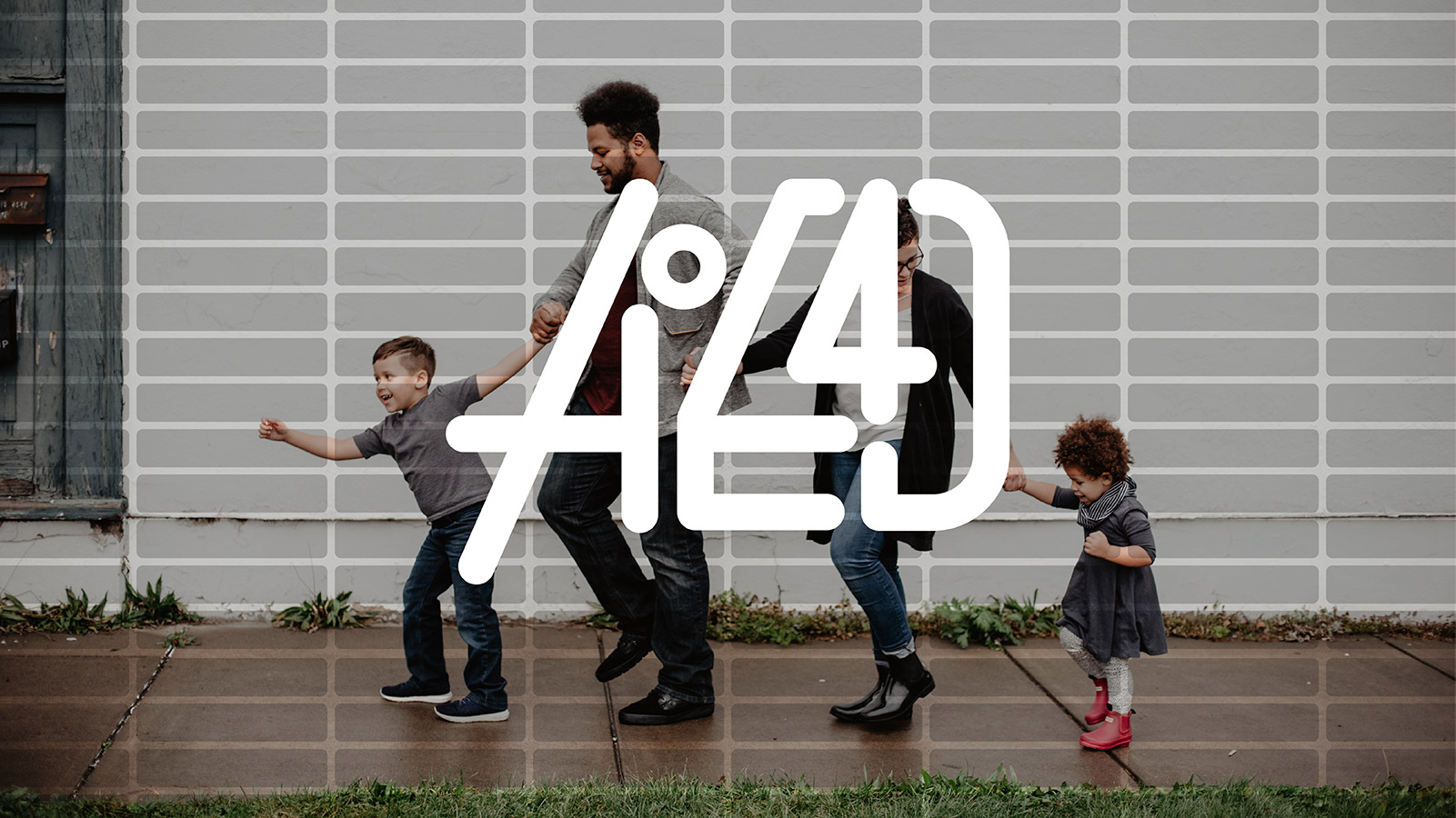Beyond UX: Designing for Complete Experiences

Experience-centered design emphasizes the creation of products, services, and systems that enable not only efficient use but also unique experiences. Brands like Airbnb, Major League Baseball, and Southwest Airlines design products, so when people use them, the experience is as memorable as the services they provide. Multinational corporations aren’t the only organizations that stake success on integrated digital and physical experiences. Megachurches, boutique clothiers, funeral homes, and hospitals have positioned products that give people experiences they value and want to repeat.
Designing for experiences expands the scope of research and design beyond mood boards and print-centric outcomes, challenging designers and educators to engage concepts beyond those traditionally addressed in design. This approach deemphasizes the design artifact’s importance. It challenges designers to facilitate experience design scenes—moments when people with rich, multifaceted backgrounds and makeups use designed outcomes to complete desired activities within simultaneously digital and physical contexts. In experience design, traditional outcomes such as smartphone apps and brand identity are supported by field research, experience maps, and even guidelines that delineate ways employees deliver services through performative labor. The complex nature of experience design poses a question for those who wish to design with this mindset—what aspects of a person’s complete experience can and should we account for when designing?
This presentation will share Aspects of Experience for Design (AoE4D)—a practical framework comprised of 48 salient aspects that comprise experience design scenes. AoE4D aspects address matters that shape a person’s experience when they use design, including their emotional state, cultural background, and worldview. Aspects also highlight the impact of external factors on experiences, like wi-fi signal strength, political and economic conditions, and weather. AoE4D aspects also describe qualities of designed outcomes that can enhance and limit experiences such as color choices, image styling, and text-to-speech capabilities. The AoE4D framework is a product of a literature review of over 200 academic and popular sources by researchers and practitioners in business, design, the humanities, formal science, natural science, social science, and advocacy organizations. The resulting aspects are an expanded checklist for designers and design educators to use as they research and create experience-centered design outcomes that bridge media.
During the presentation, AoE4D themes and aspects will be discussed, including a website that was created so design teams can apply the framework in their own work. Examples of ways AoE4D is being used to guide social design research projects will be shared. The presentation will highlight opportunities for the framework to be used to guide the development of curricula that challenges learners to transcend media in their research and design and embrace designing for complete experiences.